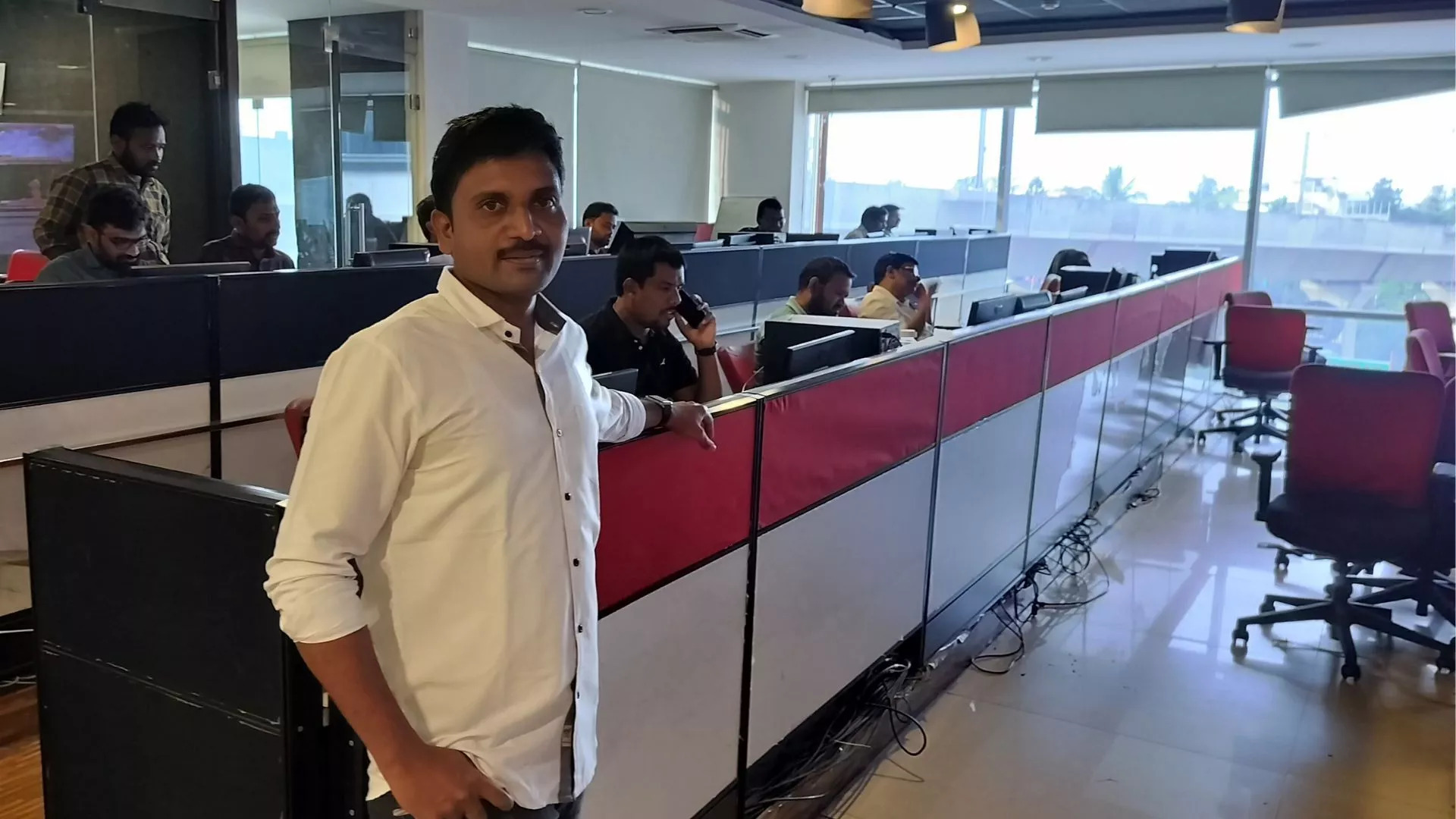U.S. Consulate General Hyderabad and Osmania University train Telugu TV journalists to bust fake news. Pradeep Kumar Bodapatla says the training helped him deliver quality news.
May 2023

(Photograph courtesy Pradeep Kumar Bodapatla)
The countering disinformation training program, jointly organized by the U.S. Consulate General Hyderabad and Osmania University, reenergized me as a journalist. It equipped me with new abilities to counter misinformation and disinformation.
I work at Tv5 News, a prominent Telugu news channel in Andhra Pradesh and Telangana. The skills learned in this program have become my everyday editorial tools.
Learning from experts
Around 40 TV journalists from Telugu-speaking states benefited from the program. We were fortunate to attend trainings given by experts like Alanna Dvorak, international training manager at the Poynter Institute; Sudhakar Reddy Udumula, editor (investigation) at The Times of India, Hyderabad; Syed Nazakat of DataLEADS, professors from the Department of Journalism at Osmania University, senior journalists, digital security experts, law experts, senior police officers, and data analysts from reputed organizations.
Countering threats
As messengers of information, we must be 100 percent accurate and stick to facts. However, there is always a danger of being taken in by misinformation or disinformation.
Misinformation is false or inaccurate information, like rumors, insults and pranks. Disinformation is deliberate and includes malicious content like hoaxes, spear phishing and propaganda.
To build verification skills, we were trained on basics like identifying misinformation, checking claims, and fact-checking.
Understanding misinformation or disinformation was the first step. These can be in the form of photos, video clips or text messages. They can be intentional or unintentional, a parody web article or a parody social media post in the name of a popular person, a video clip with the logo of a popular news channel, or a message forwarded by a friend. We were shown examples and taught how to analyze them, to identify the sources, and the authenticity of the information.
Tools and techniques
Depending on what we want to verify, there are many free and easily accessible tools. To verify photos, we can use Google reverse image search. To dig deeper, we can use advanced search techniques like metadata analysis, Google advanced search and image magnifying. Geo-location identification and image forensics help find the location seen in a photo or video. We were introduced to tools like InVid, trained to observe keyframes and identify audio manipulation possibilities to verify videos.
We often receive forwarded messages or read articles with seemingly convincing data. To help cross-check them, the training program included classes by data analysts and Right to Information experts who taught us about open data sources like official government websites. For instance, the Parliament of India website, Gazette of India notifications and official archives. Experts from the Indian School of Business, Hyderabad, introduced us to data sources and data analysis and explained the Right to Information Act.
Lasting impact
With the tools, techniques and open data sources learned through the program, the quality of work in our newsroom has improved a lot. Many of my colleagues have expressed interest in learning about the tools from me. Fact-checking has become a part of our news process. The training has helped vernacular journalists counter misinformation and disinformation, become aware of the many tools and techniques to adapt to digital journalism and new-age challenges.
Pradeep Kumar Bodapatla is an input editor at Tv5 in Hyderabad.
COMMENTS